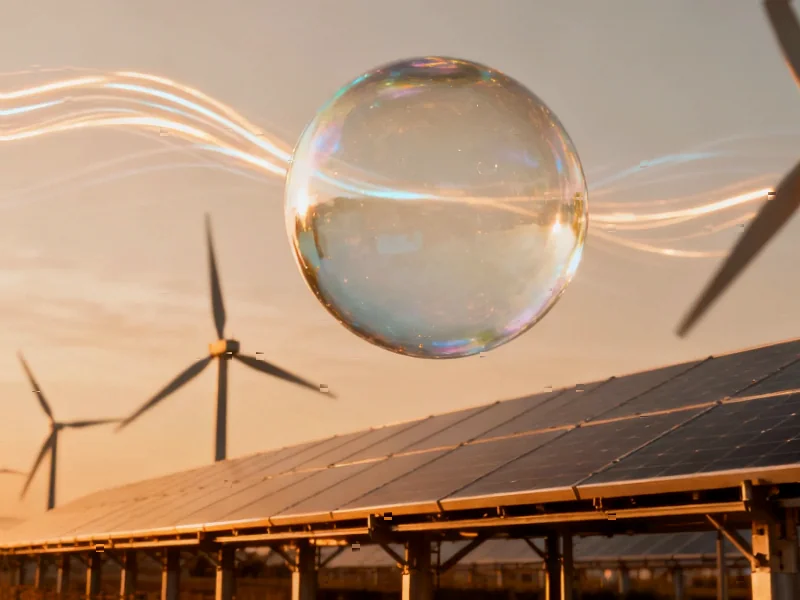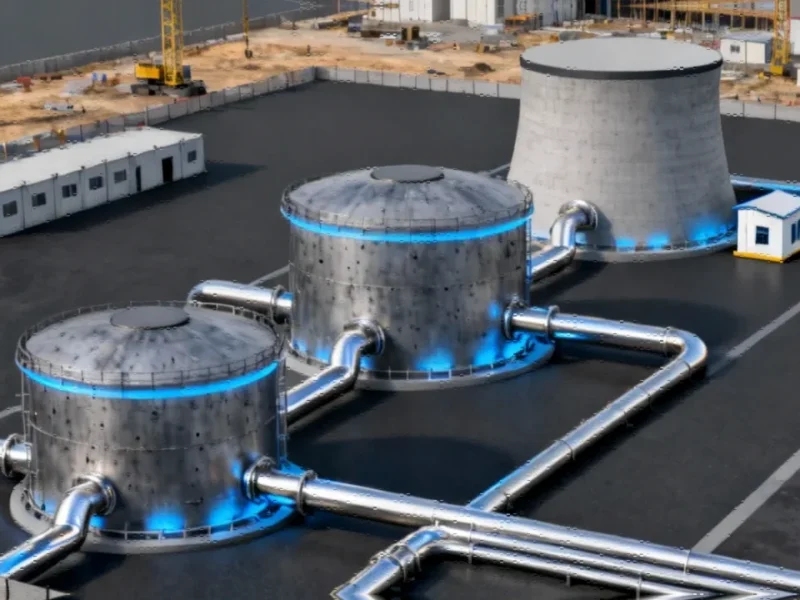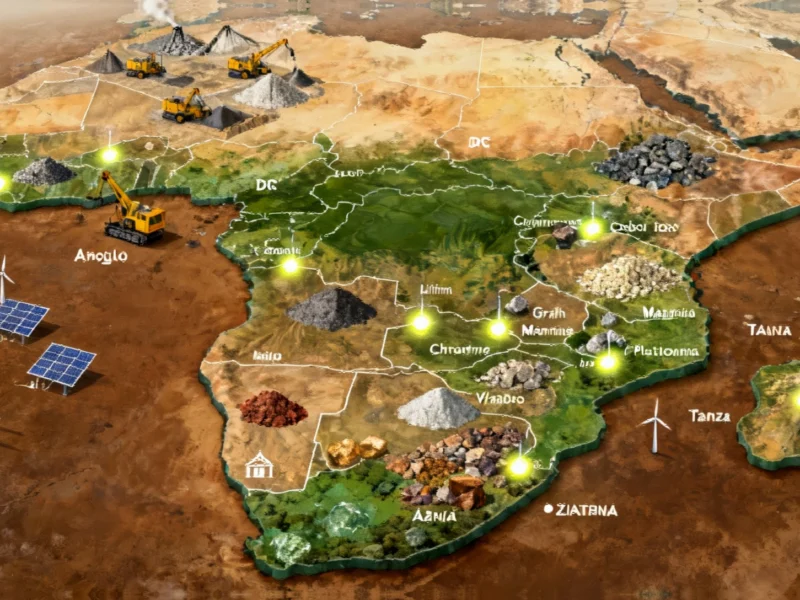Market Resilience Amid Policy Shifts
The U.S. energy storage market is demonstrating notable resilience despite early 2025 policy uncertainties, according to recent analyses. Sources indicate that initial concerns over tax credit revisions and tariffs have eased, with the industry adapting to new conditions. BloombergNEF (BNEF) senior associate Isshu Kikuma noted in a statement that while challenges remain, the outlook has improved significantly since earlier this year.
Table of Contents
From Uncertainty to Clarity
Earlier in 2025, the clean energy sector faced substantial uncertainty as Republican proposals targeted federal energy tax credits and trade policy. Wood Mackenzie took the unusual step in March of issuing dramatically divergent forecasts—separated by 27 GW over five years—reflecting the market‘s volatility. The situation appeared to worsen in April when the Trump administration implemented punitive tariffs on imports from China and other manufacturing hubs while proposing cuts to clean energy incentives.
However, analysts suggest the final budget bill signed in July preserved crucial tax credits for energy storage installation and manufacturing through the 2030s. Kikuma stated that while the environment isn’t ideal, “market players are quickly adapting to a new environment despite policy headwinds.”
Revised Forecasts and Growing Optimism
Wood Mackenzie’s latest energy storage report, released last month, shows approximately 4 GW more storage deployment expected in 2025 compared to their March forecast. This upward revision signals growing confidence in the market’s trajectory. Law firm Troutman Pepper Locke echoed this sentiment in a recent report, noting the industry is “poised for significant growth” as it moves beyond policy-related uncertainty.
Report co-author Vaughn Morrison suggested that energy storage has “untethered” from the fate of intermittent renewable resources that faced administration opposition, indicating the sector’s increasing independence.
Supply Chain Challenges and Investment Response
According to analysts, new requirements around foreign equipment and materials now represent the most significant near-term challenge. Energy storage developers are reportedly racing to begin construction before 2026, when restrictions on battery components linked to China take effect. Despite expanded U.S. lithium-ion battery module manufacturing since 2022, Chinese firms still dominate the global market for battery cells, materials, and precursors.
Kikuma noted that foreign investments will further boost U.S. manufacturing capacity, pointing to Korean company LG Energy Solution’s plan to retool a Michigan plant to produce 30 GWh of stationary storage systems annually by late 2026. These decisions reflect strong domestic demand and could support additional growth, analysts suggest.
Global Context and Emerging Markets
The report states that similar strength is appearing in key international markets beyond China, the global storage leader. Utility and government-led procurement programs are driving expected growth across larger Global South countries, including India, Vietnam, the Philippines, Mexico, and Brazil. This global expansion complements the resilient U.S. market, creating a more robust international landscape for energy storage development despite ongoing policy and supply chain considerations.
Related Articles You May Find Interesting
- Rust Library Security Flaw Puts Industrial Systems at Risk: A Deep Dive into TAR
- Mirroring Moves: How China’s Trade Strategy Echoes U.S. Tactics in Global Econom
- Rust Library Security Crisis: Unpacking the TARmageddon Vulnerability and Its In
- How China’s Strategic Adoption of U.S.-Style Export Controls Reshapes Global Tra
- Global Business Disruption Highlights Cloud Concentration Risks
References & Further Reading
This article draws from multiple authoritative sources. For more information, please consult:
- http://en.wikipedia.org/wiki/Tax_credit
- http://en.wikipedia.org/wiki/Energy_storage
- http://en.wikipedia.org/wiki/Tariff
- http://en.wikipedia.org/wiki/Donald_Trump
- http://en.wikipedia.org/wiki/Kikuma,_Ehime
This article aggregates information from publicly available sources. All trademarks and copyrights belong to their respective owners.
Note: Featured image is for illustrative purposes only and does not represent any specific product, service, or entity mentioned in this article.



